
Sky News correspondent Shingi Mararike travelled to Minneapolis, where George Floyd was murdered, to see how, and if, things have changed five years on.

In Minneapolis, the spot where George Floyd was murdered has been turned into a mural.
His face is depicted in street art on a pavement covered in flowers, rosaries, and other trinkets left by people who have come to pay their respects in the last five years.
His final moments, struggling for breath with white police officer Derek Chauvin’s knee on his neck, were captured in a viral video that provoked anger, upset, and outrage.
In Minneapolis and other parts of America, there were protests that at points boiled over into unrest.
The events to mark the fifth anniversary of his death took on a very different tone – one of celebration and joy.
Behind a wooden statue of a clenched fist on one end of a junction now renamed George Perry Floyd Square, people gathered in the morning.
There was a moment of prayer before a brass band began to play and the group marched, while singing and chanting.
‘It made us want to fight harder’
Among those gathered in front of a makeshift stage built in the square were two of Floyd’s family members – his cousin Paris and aunt Mahalia.
To them, the man whose death sparked a racial reckoning in America and further afield, was simply “Perry,” a larger-than-life figure whose presence is missed at family gatherings.
Speaking to me while the speakers behind them thumped and people danced, they didn’t just reflect with sadness though.
There was also pride at a legacy they felt has led to change.
“It made us want to fight harder,” said Mahalia, “and it’s a feeling you cannot explain. When the whole world just stood up.”
Referring to Chauvin’s eventual murder charge, Paris added: “I think that from here on out, at least officers know that you’re not going to slide through the cracks. Our voices are heard more.”
The tapestry of items outside the Cup Foods convenience store, now renamed Unity Foods, is not the only makeshift memorial in the area.
A short walk away is the “Say Their Names” cemetery, an art installation honouring black people killed by the police.
Meeting me there later in the day, activist Nikema Levy says the installation and George Floyd Square are called “sacred spaces” in the community.
As someone who took to the streets at the time of Floyd’s death and a community organiser for years before that, she’s constantly stopped by people who want to speak to her.
‘White supremacy on steroids’
Once we do manage to speak, Levy reminds me of a wider political picture. One that goes beyond Minneapolis and is a fraught one.
In the week of the anniversary, the US Department of Justice rolled back investigations into some of the largest police forces in the country, including in Minneapolis – a move she calls “diabolical.”
“That type of cruelty is what we have seen since Donald Trump took office on January 20th of this year,” she continued.
“From my perspective, that is white supremacy on steroids. And it should come as no surprise that he would take these types of steps, because these are the things that he talked about on the campaign trail.”
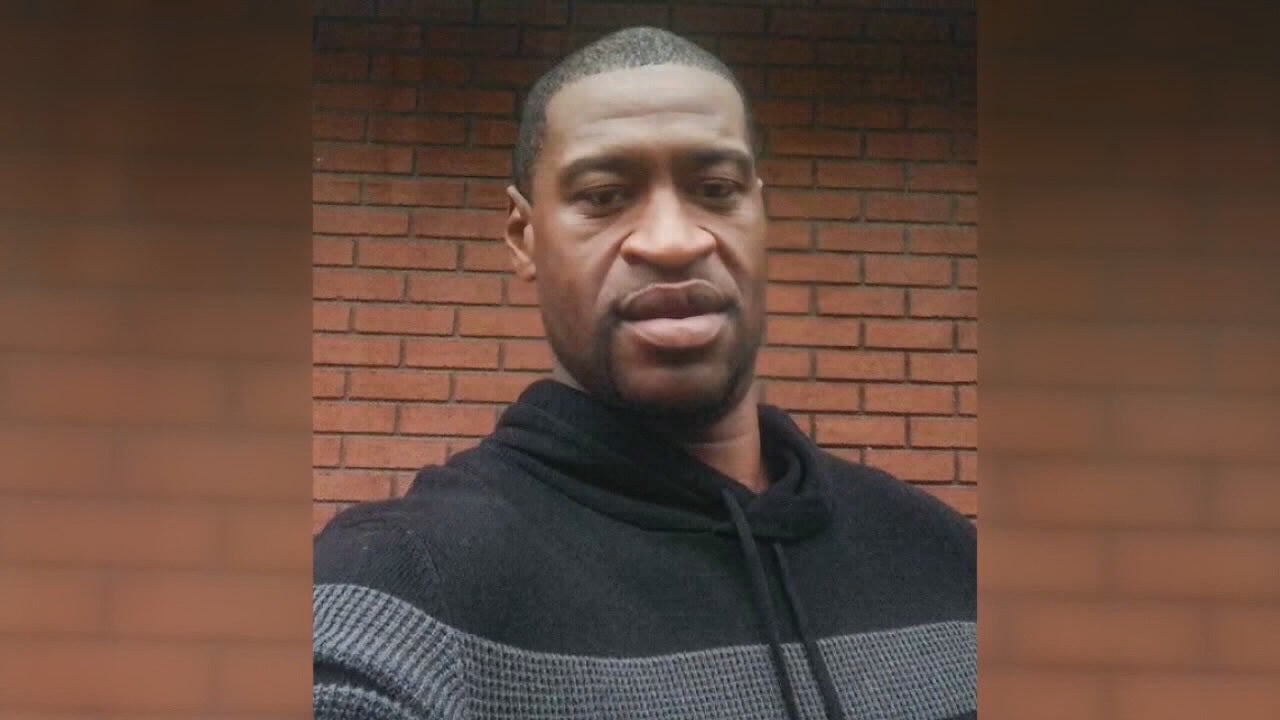
‘True healing has never taken place’
Trump has argued his policing reforms will help make America’s communities safer.
Even on a day of optimism, with a community coming together, Levy’s words in front of headstones bearing the names of black people who have died at the hands of the police are a reminder of how deep the racial divides in America still are – a sentiment she leaves me with.
“From the days of slavery and Jim Crow in this country, we’ve just had the perception of healing, but true healing has never taken place,” she says.
“So the aftermath of George Floyd is yet another example of what we already know.”
The Death of George Floyd: A Tragic Turning Point in American History
By Staff Reporter

Minneapolis, Minnesota – May 25, 2020 marked a pivotal moment in modern American history. On this day, George Perry Floyd Jr., a 46-year-old Black man, died during an arrest by Minneapolis police officers, an event that ignited a global movement against police brutality and systemic racism.
The Incident
At approximately 8:00 PM on May 25, Minneapolis police officers responded to a call from a convenience store clerk at Cup Foods, who alleged that George Floyd had used a counterfeit $20 bill to purchase cigarettes. Officers Thomas Lane and J. Alexander Kueng were the first to arrive at the scene. They approached Floyd, who was sitting in a vehicle with two other passengers.
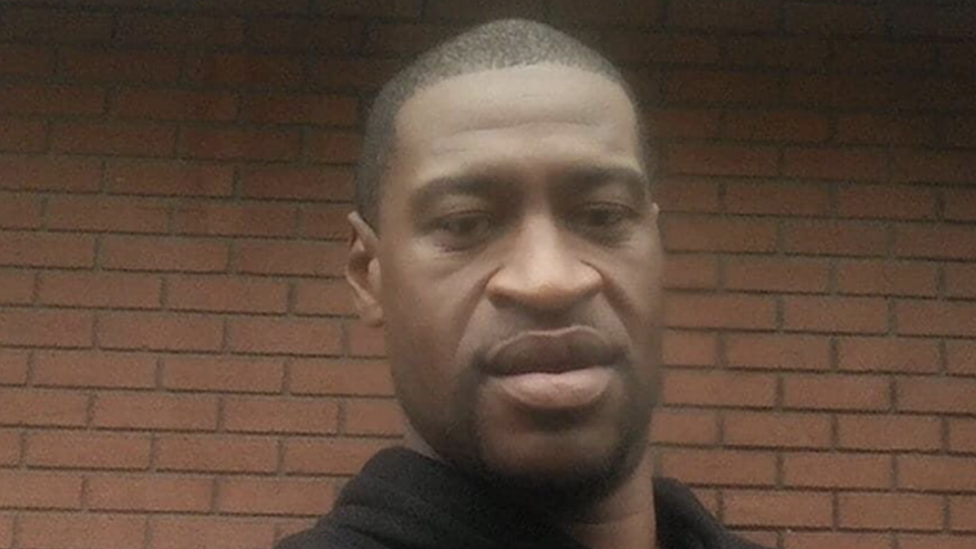
According to body camera footage, Floyd appeared anxious but cooperative. The officers ordered him out of the car, and after a brief interaction, they handcuffed him. Floyd expressed fear and told the officers that he was claustrophobic and had trouble breathing. Despite his pleas, the officers attempted to place him in the back of a police vehicle.
At that moment, officers Derek Chauvin and Tou Thao arrived. When Floyd resisted being placed in the squad car, he was pulled out and restrained on the ground, lying face-down. Chauvin placed his knee on Floyd’s neck, applying pressure for nine minutes and 29 seconds, as captured by numerous bystanders and surveillance footage.
During this time, Floyd repeatedly said, “I can’t breathe,” over 20 times, called out for his deceased mother, and begged for his life. Bystanders, visibly disturbed, pleaded with the officers to let him up and check his pulse. One witness, a teenage girl named Darnella Frazier, filmed the entire ordeal on her phone — footage that would become the centerpiece of national and global outrage.
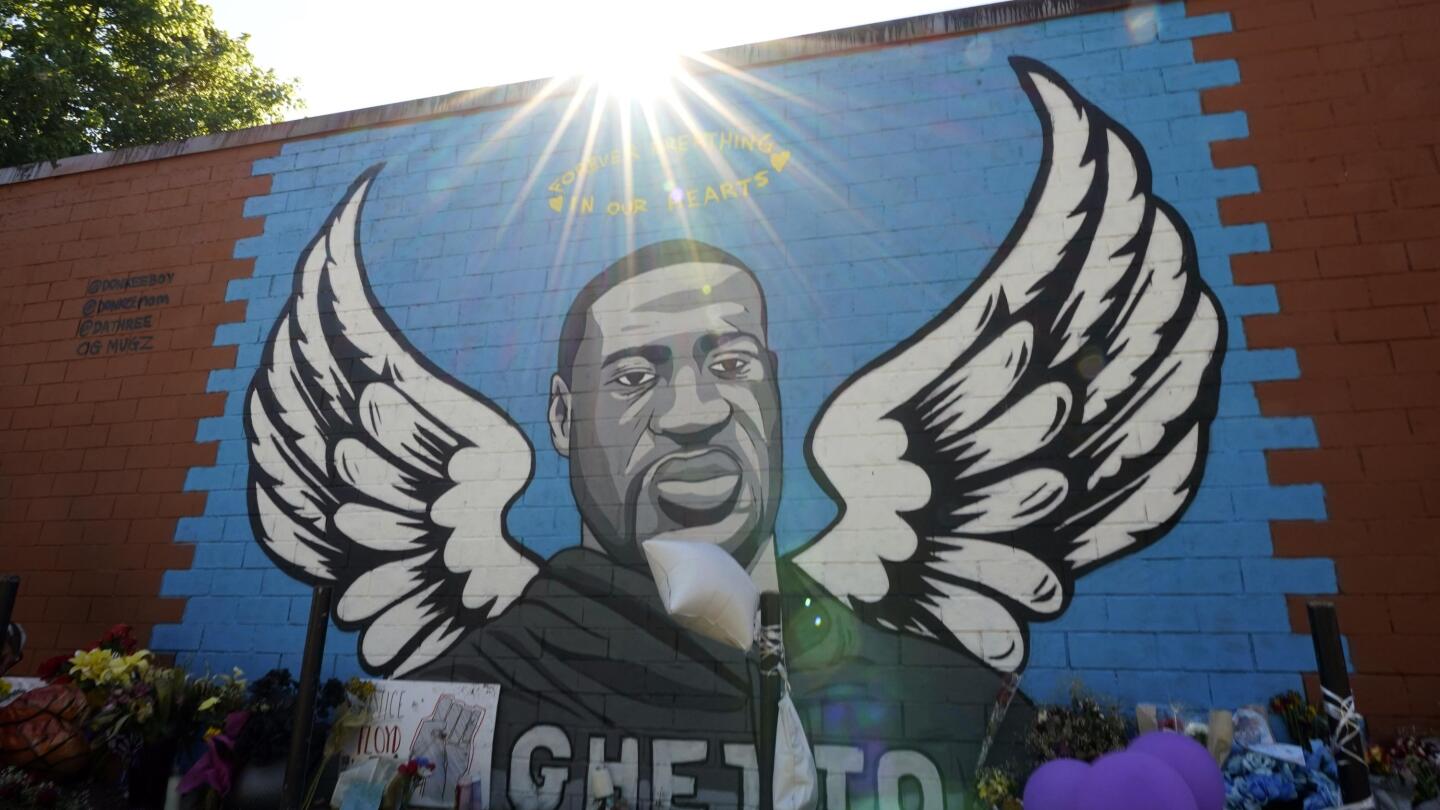
The Aftermath and Arrests
George Floyd was pronounced dead at Hennepin County Medical Center shortly after the incident. Initially, the Minneapolis Police Department issued a vague statement titled “Man Dies After Medical Incident During Police Interaction,” which omitted key details and downplayed the force used.
However, after the video circulated online, public outrage erupted. Protests began the next day in Minneapolis and quickly spread to all 50 U.S. states and dozens of countries worldwide. Demonstrators chanted Floyd’s name alongside phrases such as “Black Lives Matter,” “Defund the Police,” and “No Justice, No Peace.”
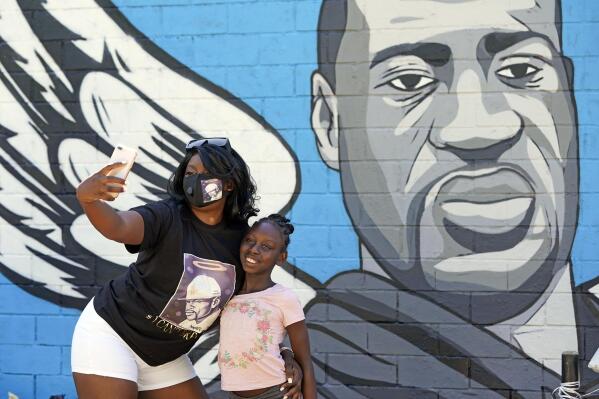
On May 29, 2020, Derek Chauvin was arrested and charged with third-degree murder and second-degree manslaughter. Charges were later upgraded to second-degree murder. The other three officers — Thomas Lane, J. Alexander Kueng, and Tou Thao — were charged with aiding and abetting second-degree murder and manslaughter.
The Trial and Verdict
Derek Chauvin’s trial began in March 2021. The prosecution argued that Chauvin’s use of force was excessive and in direct violation of police training and protocol. They presented expert witnesses, medical examiners, and powerful testimony from bystanders. The defense maintained that Floyd’s death was caused by underlying health conditions and drug use.
On April 20, 2021, a jury found Chauvin guilty on all counts: second-degree unintentional murder, third-degree murder, and second-degree manslaughter. He was sentenced to 22.5 years in prison. The other officers were later convicted in federal court of violating Floyd’s civil rights and received varying sentences.
Legacy and Global Impact
George Floyd’s death catalyzed one of the largest protest movements in American history. His name became a symbol of the urgent call for justice reform, racial equality, and accountability in policing. Murals, marches, policy proposals, and global solidarity actions all arose in response to the tragedy.
In June 2020, the Minneapolis City Council pledged to disband and rebuild the police department — though full reforms have proven complex and ongoing. The U.S. Congress introduced the George Floyd Justice in Policing Act, though it has yet to pass the Senate as of 2025.
Darnella Frazier, the young woman who recorded the video, was awarded a special citation by the Pulitzer Prize board for her courage and impact on journalism and justice.
Conclusion
George Floyd’s final words — “I can’t breathe” — echo to this day, a haunting reminder of a system in need of change. While his life was taken unjustly, his death was not in vain. It became the spark that lit a fire of global consciousness, compelling millions to confront the uncomfortable truths of race, power, and justice in the modern world.









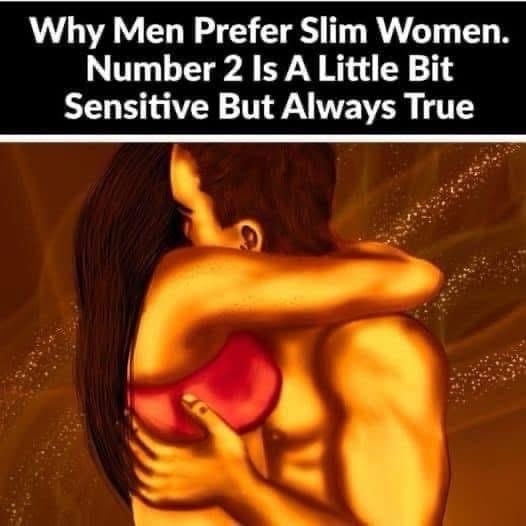





:max_bytes(150000):strip_icc():focal(749x0:751x2)/Catherine-Princess-of-Wales-visits-Sudbury-Silk-Mills-091125-1229689b7276471a9f706d722d0f45be.jpg?w=1200&resize=1200,0&ssl=1)






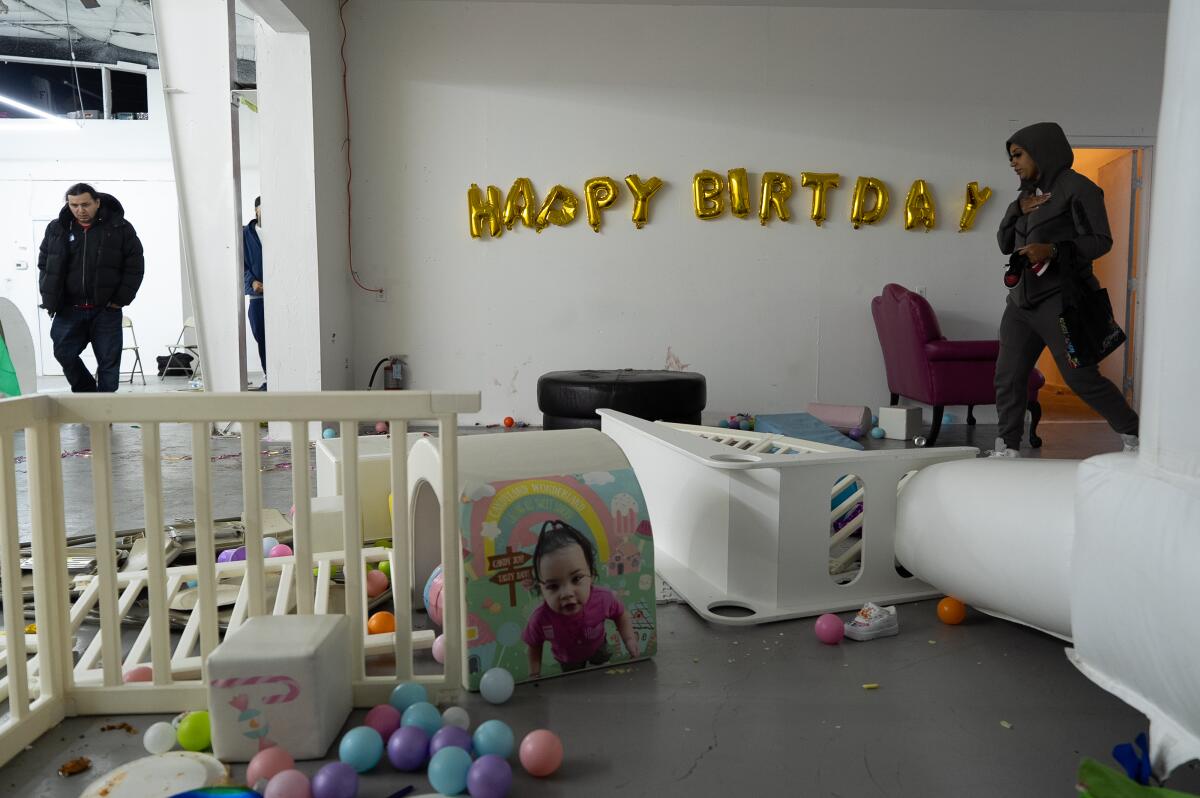












:max_bytes(150000):strip_icc():focal(750x292:752x294):format(webp)/king-charles-prince-andrew-120125-1a-f46e7b16049c47358276e6a71d8ccd14.jpg?w=1200&resize=1200,0&ssl=1)







:max_bytes(150000):strip_icc():focal(734x384:736x386)/Donald-Trump-Tim-Walz-112825-2ecc0b4502ac4a0e95f57085b0cd8afe.jpg?w=1200&resize=1200,0&ssl=1)


:max_bytes(150000):strip_icc():focal(760x440:762x442)/ellen-degeneres-portia-de-rossi-the-unveiling-of-rh-san-francisco-the-gallery-032025-1-5c12c2f292b4446bb3b9009647b426bf.jpg?w=1200&resize=1200,0&ssl=1)